Calibration of CAR activation potential directs alternative T cell fates and therapeutic potency
- PMID: 30559421
- PMCID: PMC6532069
- DOI: 10.1038/s41591-018-0290-5
Calibration of CAR activation potential directs alternative T cell fates and therapeutic potency
Erratum in
-
Publisher Correction: Calibration of CAR activation potential directs alternative T cell fates and therapeutic potency.Nat Med. 2019 Mar;25(3):530. doi: 10.1038/s41591-019-0360-3. Nat Med. 2019. PMID: 30692700
Abstract
Chimeric antigen receptors (CARs) are synthetic receptors that target and reprogram T cells to acquire augmented antitumor properties1. CD19-specific CARs that comprise CD28 and CD3ζ signaling motifs2 have induced remarkable responses in patients with refractory leukemia3-5 and lymphoma6 and were recently approved by the US Food and Drug Administration7. These CARs program highly performing effector functions that mediate potent tumor elimination4,8 despite the limited persistence they confer on T cells3-6,8. Extending their functional persistence without compromising their potency should improve current CAR therapies. Strong T cell activation drives exhaustion9,10, which may be accentuated by the redundancy of CD28 and CD3ζ signaling11,12 as well as the spatiotemporal constraints imparted by the structure of second-generation CARs2. Thus, we hypothesized that calibrating the activation potential of CD28-based CARs would differentially reprogram T cell function and differentiation. Here, we show that CARs encoding a single immunoreceptor tyrosine-based activation motif direct T cells to different fates by balancing effector and memory programs, thereby yielding CAR designs with enhanced therapeutic profiles.
Figures




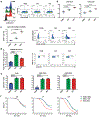
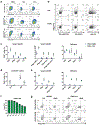
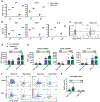

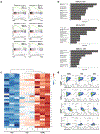
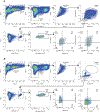
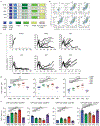



References
-
- Maher J, Brentjens RJ, Gunset G, Rivière I & Sadelain M Human T-lymphocyte cytotoxicity and proliferation directed by a single chimeric TCRzeta/CD28 receptor. Nat. Biotechnol. 20, 70–75 (2002). - PubMed
Publication types
MeSH terms
Substances
Grants and funding
LinkOut - more resources
Full Text Sources
Other Literature Sources
Molecular Biology Databases

